The Synergies of Soil Health Systems for Greenhouse Gas Reduction and Carbon Sequestration: Modeling Key Cash Crops Across the USA
Why This Work Matters
Charting a path to net zero greenhouse gas emissions (or better) for U.S. agriculture requires an understanding of current emissions, how conservation practices can mitigate emissions, and how agricultural systems will respond to future climate change. Local agricultural systems can be a net source or sink of greenhouse gases. The relative contribution varies greatly depending on how producers manage the land as well as local climate and soil conditions.
Empirical data rarely exist at the scale and temporal resolution needed to develop climate projections for agricultural management. Recent advances in ecosystem modeling, satellite imagery analysis, and understanding of carbon benefits of holistic agricultural soil health management systems presents an exciting opportunity to meet these challenges.
What We’re Doing
AFT is partnering with Regrow and USDA ARS to link OpTIS with DNDC. OpTIS is an innovative tool using publicly available satellite imagery for tracking implementation of soil health practices at the farm-field scale. DNDC is a mechanistic soil biogeochemical model that predicts how crop yields, soil organic carbon, greenhouse gas emissions, nitrogen leaching, and soil moisture respond to such soil health practices under current and future climate scenarios. With these results, we aim to equip farmers, crop advisors, policy makers, and conservation planners with the best science to date demonstrating that agriculture can play a significant role in mitigating climate change and enhance additional ecosystem benefits including improved water quality and overall farm resilience.
We have targeted four diverse farming systems and locations across the country:
- A high-value specialty crop, hops, across Washington and Oregon in the Pacific Northwest;
- Two high-value specialty crops – almonds and wine grapes, in California;
- Corn, soybeans, and wheat, major commodity crops in Illinois; and
- Annual and perennial row crops (e.g., corn for grain and corn silage, soybean, winter wheat, and hayland) that support dairies in New York.
We will run mitigation potential scenarios by investigating the climate and ecological co-benefits of soil health practices individually and in combination to identify the most synergistic outcomes. This work is funded through a grant from the Foundation for Food & Agriculture Research.
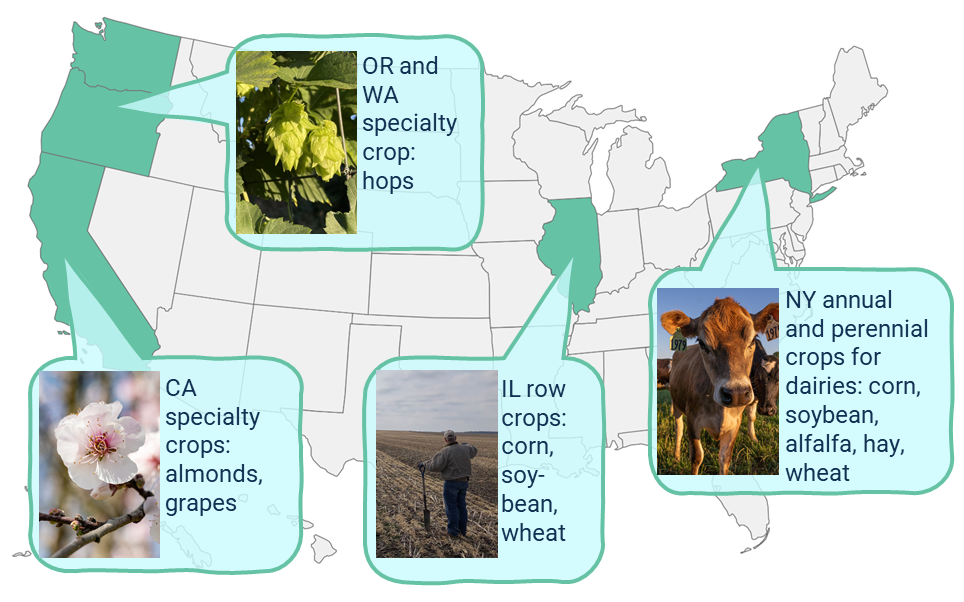
Regional Cropping Systems
Pacific Northwest: Hops
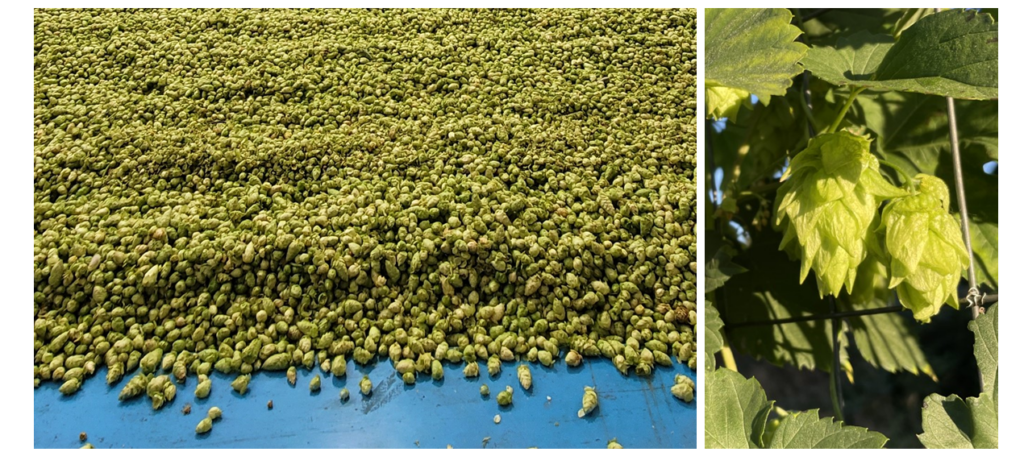
Farmers voluntarily submitted data from 11 hop yards in the Yakima Valley, WA and Marin County, OR for validating OpTIS estimates of management practices in these areas. The Regrow team is working to advance the application of OpTIS technology, originally designed for row crop systems in the Corn Belt, to high-value specialty crops like hops in the Pacific Northwest. OpTIS data are only currently available for the Midwest. This project contributes to Regrow’s work to expand OpTIS to all U.S. agricultural regions.
California: Almonds and Grapes
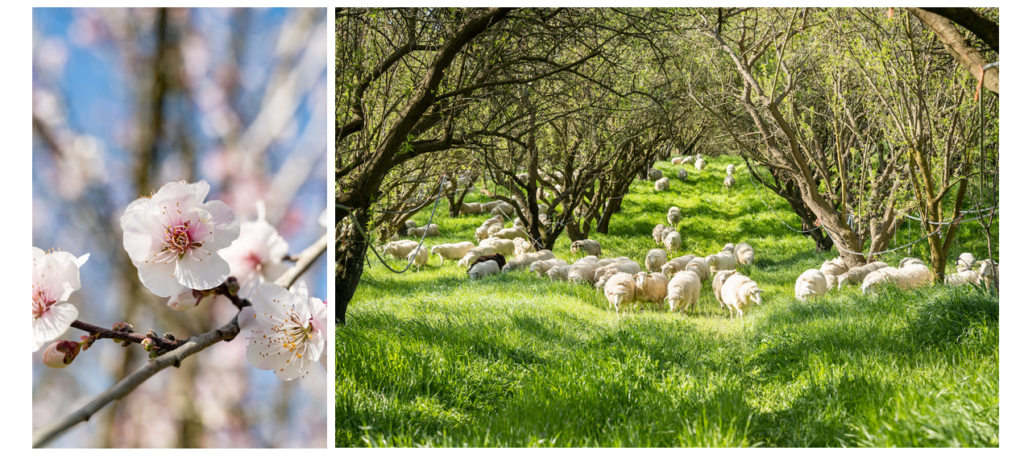
AFT staff and partners monitored 8 vineyards in Solano, San Joaquin, and Sacramento counties and 2 almond orchards in Solano County (2020-2022) for validating OpTIS estimates of management practices in these areas. We are leveraging previous DNDC modeling studies of vineyards in California by coupling this previously validated model with OpTIS remote sensing data to better assess the current baseline of adoption of cover crops and the impacts of historical land-use changes in California vineyards to better predict how future climate scenarios might influence yields, water balance, and GHG emissions. Understanding rates of adoption of healthy soil management will be valuable for California Department of Food and Agriculture to track and assess the impact of their Healthy Soils Program.
Illinois: Corn, Soybean, Wheat
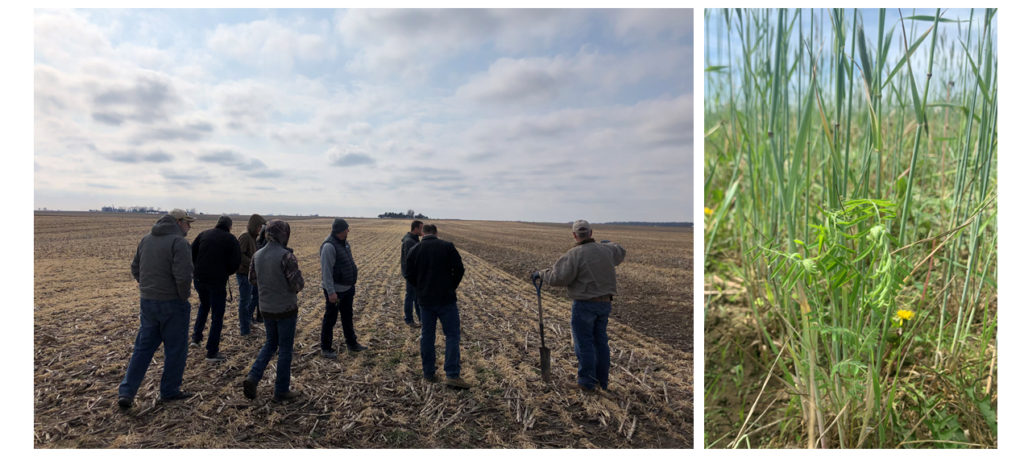
Our modelling work in Illinois builds on previous work by Regrow and others that used OpTIS, field validation, and DNDC to map cover crops and no-till following corn and soybeans across the Corn Belt from 2005 to 2018 and estimate ecosystem outcomes (publication here). The current project will update OpTIS mapping and DNDC estimates for corn, soybean, and/or wheat systems in Illinois for 2015-2021. We will also run DNDC in future scenarios of practice adoption and climate change to explore the influence of healthy soils on soil function for climate, water, productivity, and resilience outcomes for farmers and the environment.
New York: Corn, Soybean, Alfalfa, Hay, Wheat
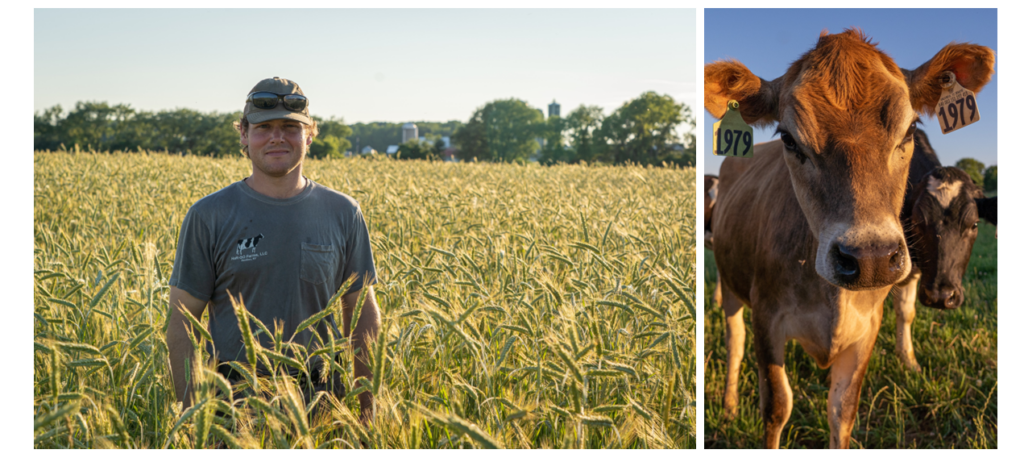
We partnered with Stone House Grain to compile field data for DNDC model calibration for New York dairies.
DNDC has so far only been used to model soil interactions down to 50 cm, but interest is growing in carbon dynamics at depth. Regrow, in collaboration with Hudson Carbon and University of New Hampshire, developed a custom soil depth module in DNDC down to 100 cm using soil carbon (and other) datasets for agricultural fields in the Hudson Valley.
Additionally, partners at The Nature Conservancy and the Cayuga County Soil and Water Conservation District repeatedly surveyed 37 crop fields in Cayuga and Livingston Counties to validate OpTIS estimates of management practices.
Current Progress
OpTIS validation and analysis is complete for estimating historical farm management practices in the Finger Lakes region of New York and the state of Illinois. Estimates for the specialty crops in California, Oregon, and Washington are nearly complete. The project team has gathered datasets for the specialty crop parameters that were previously not available in DNDC, typical agronomic practices for cropping systems in the regions of interest, and literature data to extend the calibration and validation datasets for greenhouse gas quantification. We’ll be using downscaled climate data for two future scenarios, based on RCPs (representative concentration pathways) RCP2.6 and RCP6.0, a strong mitigation scenario and a business as usual scenario, respectively. We plan to have the DNDC model run results by the end of 2022 and spend early 2023 putting together reports for each cropping system and a peer-reviewed manuscript. Stay tuned for updates!




